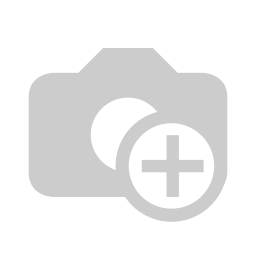Executive Secretary

XIX Simposio Internacional de Ingeniería Eléctrica
SIE 2021
Resumen
La tomografía computarizada es una técnica no invasiva ampliamente usada para la detección de problemas de salud. La calidad de imagen puede ser afectada gravemente por artefactos de anillos debidos a inhomogeneidades en los detectores del tomógrafo. En esta investigación se comparan siete métodos para la reducción de artefactos de anillos: Métodos de variaciones totales (TV), Variación total unidireccional (UTV), Modelo disperso direccional con filtrado L0 (DL0SM), Modelo de variación total–espectral anisótropo (ASSTV), Descomposición de imagen de bajo rango (LRSID), un método estático (SGE) y método de filtrado por transformadas de Wavelet y Fourier (WF). Estos métodos se basan en la transformación del plano cartesiano al polar con centro de rotación en el centro de los mismos, los cuales son trasformados a líneas y luego estas son reducidas. Su desempeño es evaluado a partir del análisis de cuatro métricas objetivas de calidad de imagen, y el criterio subjetivo de dos especialistas. Se demostró que el método de mejor desempeño entre los probados es el denominado UTV.
Abstract
Computed tomography is a widely used non-invasive technique for the detection of health problems. Image quality can be severely affected by ring artifacts due to inhomogeneities in the scanner's detectors. In this research, seven methods for ring artifact reduction are compared: Total Variation Methods (TV), Unidirectional Total Variation (UTV), Directional Sparse Model with L0 Filtering (DL0SM), Anisotropic Total-Spectral Variation Model (ASSTV), Low Range Image Decomposition (LRSID), a Static Method (SGE) and Wavelet and Fourier Transform Filtering (WF) method. These methods are based on the transformation of the Cartesian plane to the polar one with the center of rotation in the center of the same, which are transformed into lines and then these are reduced. Its performance is evaluated from the analysis of four objective image quality metrics, and the subjective criteria of two specialists. It was shown that the method with the best performance among those tested is the so-called UTV.
Sobre el ponente

Prof. Yankiel










